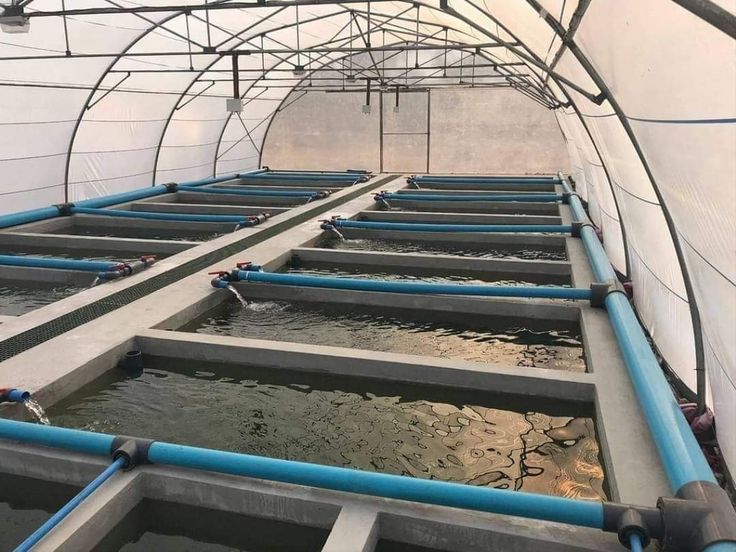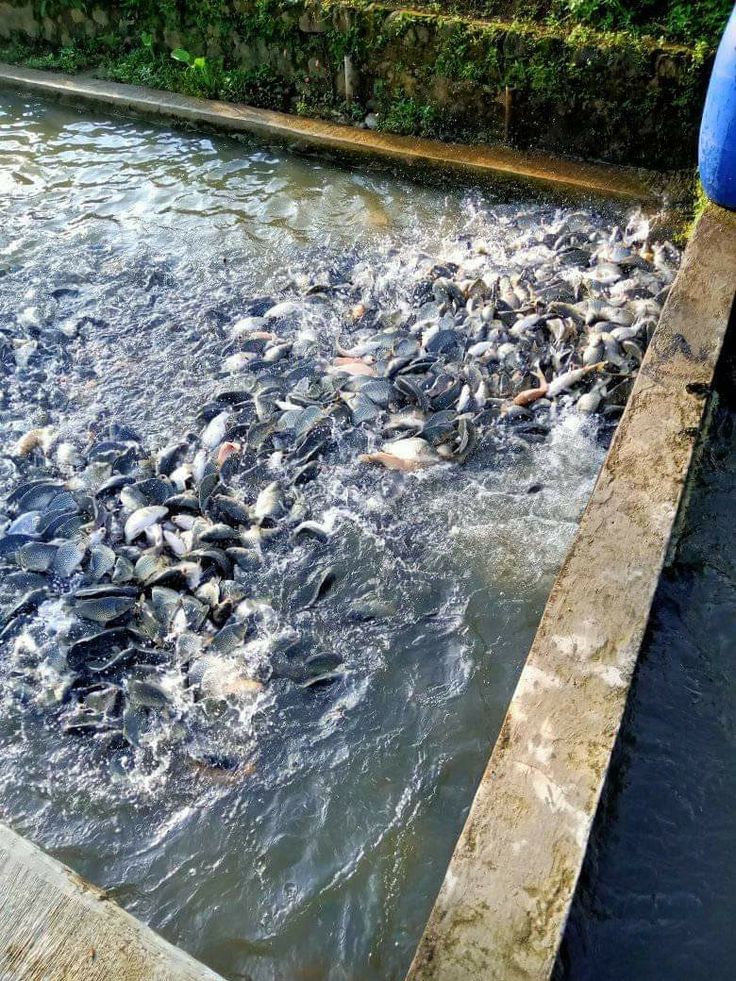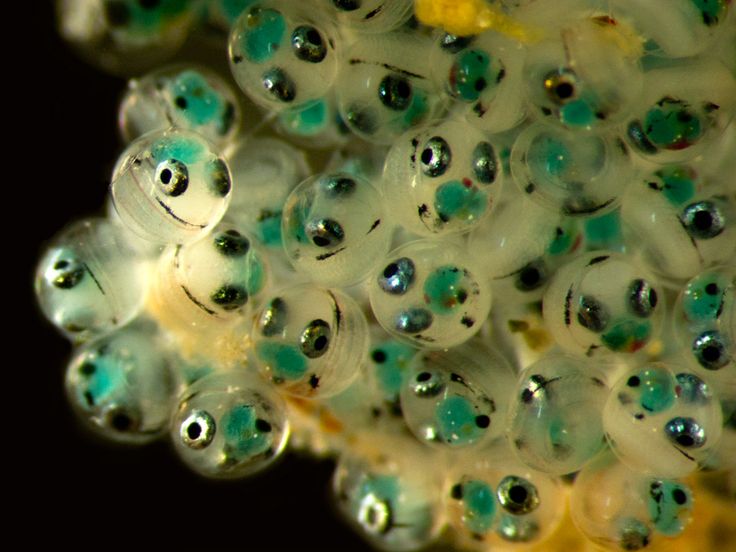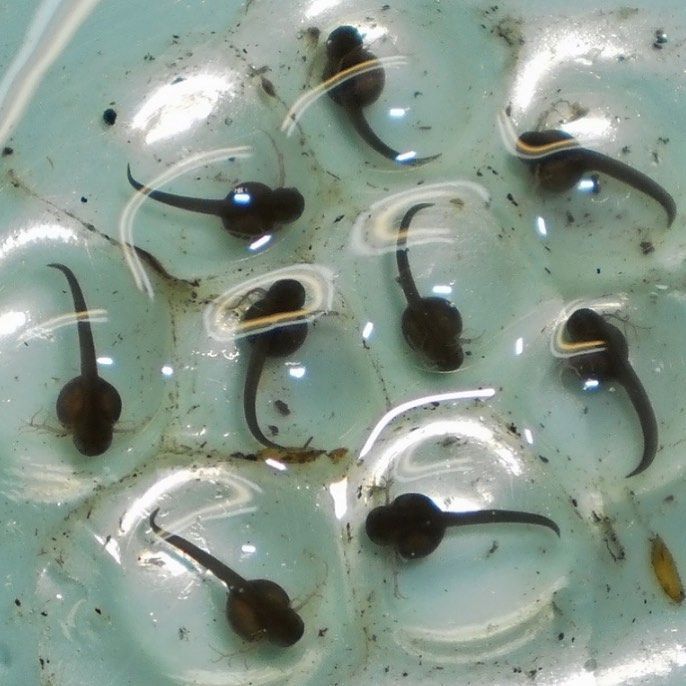Breeding fish for commercial farming is a crucial aspect of aquaculture, ensuring a consistent supply of healthy stock for production. Successful breeding practices require careful selection, management, and knowledge of species-specific requirements to achieve optimal results.
Selecting the Right Broodstock
The foundation of successful fish breeding lies in choosing healthy and genetically robust broodstock. Selecting fish with desirable traits such as fast growth, disease resistance, and adaptability to farming conditions ensures the production of high-quality offspring.

Creating the Ideal Breeding Environment
Fish require specific environmental conditions for successful reproduction. Factors such as water temperature, pH levels, oxygen content, and light exposure should be tailored to the species being bred. For example, tilapia thrive in warm water, while trout require cooler temperatures.

Inducing Spawning in Farmed Fish
Some species naturally spawn in controlled environments, while others may require hormonal or environmental triggers. Induced breeding methods, such as hormone injections or simulated seasonal changes, are often used to encourage reproduction in commercial fish farming.

Managing Eggs and Larvae
After spawning, eggs must be carefully managed to prevent damage and ensure successful hatching. This often involves transferring them to specialized incubation tanks with optimal conditions. Once hatched, larvae require high-quality feed and protection from predators to ensure healthy development.

Preventing Inbreeding in Fish Populations
Inbreeding can lead to reduced genetic diversity and health problems in farmed fish. Rotating broodstock and introducing new genetic lines periodically can help maintain the vitality and productivity of fish populations.
Besides, at Kimd Group of Companies, we support beginner farmers by offering tailored business proposal writing services and design plans for various animal capacities. Therefore whether you’re just starting out or looking to expand, we provide the resources and expertise to help you succeed in the farming industry.
Scaling Breeding Operations for Commercial Needs
As demand for farmed fish grows, scaling breeding operations becomes necessary. This involves investing in larger facilities, advanced technologies, and skilled personnel to meet production targets while maintaining fish quality.

Conclusion
Breeding fish for commercial farming is a complex but rewarding process that requires careful planning and management. By focusing on broodstock selection, breeding conditions, and genetic diversity, farmers can ensure a consistent and high-quality supply of fish for their operations.
